Over the years I have been fortunate to implement lean techniques in a variety of businesses to improve the performance of the business and engage the team in an entirely different way. One tool that has proven to be very effective is utilizing Constraint Management as the manufacturing process are connected by Kanban signals. Typically, one of the first steps is to connect the processes to provide a signal to STOP or GO with the process. The Kanban signal can be a card, open square, light to indicate that the process can run. All signals will be given based on inventory limits at each stage of the process. The amount of inventory is typically set based on the cycle time of the process. Most businesses do not understand the significance of a signal to Stop and not create inventory that cannot move forward in the process. Most businesses will man each machine and run with no regard to the amount of inventory building up in Work in Process. This by definition is waste and a poor use of cash. Once the process is connected the next action is to identify the Constraint (Bottleneck) and resolve the issue to improve the flow of product through the process. Many think that extra inventory is the smart thing but in actuality the inventory covers up the Constraints and not allowing improvement of the time it take to make a sellable product. The longer it takes the longer cash is tied up in the process. The use of SMED (see prior blog) also supports leaning out the process. Constraint Management only works if driven from the top of the organization and does not have an end date. Every day we should work to improve the process, cut Lead times and lot sizes.




